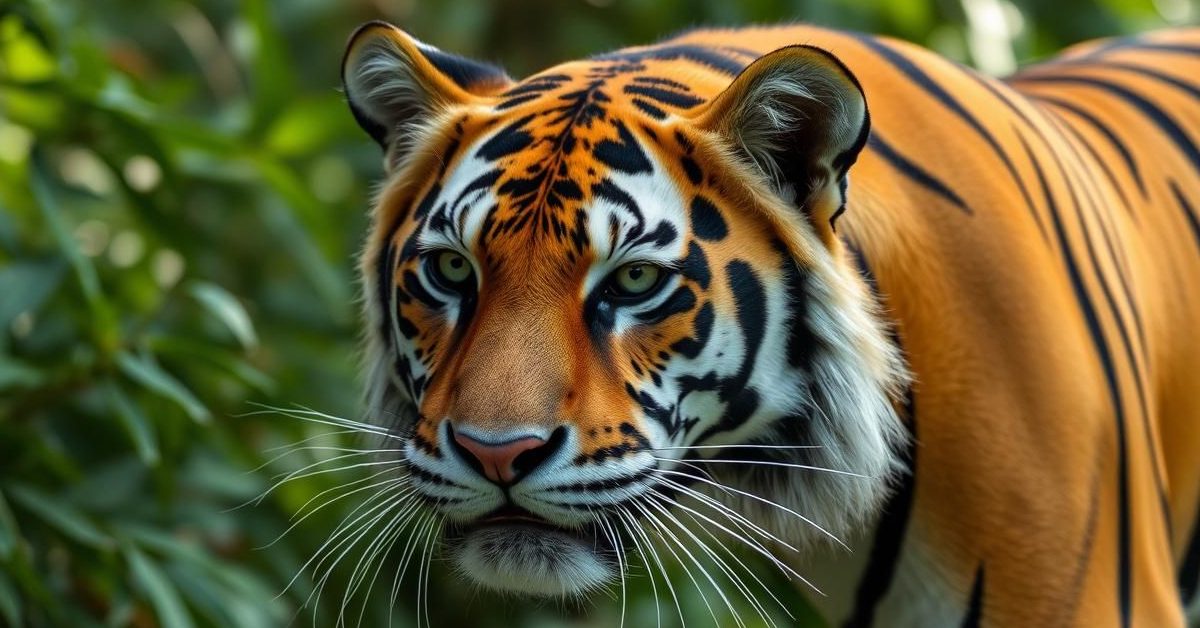Often overlooked in favor of the cow, the buffalo holds a profound and enduring significance in India’s economic, cultural, and mythological fabric.
Beyond the Cow: India’s Unsung Bovine
While cows are linked to drier regions and nomadic lifestyles, buffaloes thrive in India’s wet river basins, ideal for rice cultivation. They are integral to farming, unlike cows, preferring their watery habitats.
Historically, buffaloes have been crucial for various tasks. Male buffaloes, unlike bulls, don’t always need castration and can be controlled with nose rings for pulling carts or tilling flooded rice fields. Their economic contributions, including milk, meat, and bone tools, are often underestimated despite their vital role in many Indian livelihoods.
Ancient Roots: A Harappan Legacy
Evidence from over 4,500 years ago, seen on Harappan seals, confirms the domestication of river buffaloes. These ancient civilizations relied on them for milk, which was churned into ghee, and for meat.
The famous Pashupati seal even depicts a figure adorned with buffalo horns, symbolizing power and virility. This highlights the animal’s deep integration into early Indian society and its symbolic importance.
Mythological Depths: Sacred and Symbolic
The buffalo appears widely in Indian mythology, showcasing its diverse cultural interpretations. In the ancient Rig Veda, the powerful deity Indra is equated with a wild buffalo, symbolizing strength.
Tamil Sangam poetry from 2,000 years ago offers a contrasting view, equating a buffalo in a lotus pond with an unrefined individual. Buddhist tales, like the Mahisha Jataka, portray a gentle buffalo, enduring a monkey’s mischief until a different, less tolerant buffalo takes its place.
In Jain mythology, the buffalo is the emblem of the 12th Tirthankara Vasupujya, and the Yakshi Jwalamalini is depicted riding one, often linked to stories of rebirth and karma.
Durga’s Foe, Fertility’s Friend: The Mahishasura Narrative
Perhaps the most prominent role of the buffalo in Hindu mythology is as Mahisha, the demon slain by the goddess Durga. Early images from 100 BC show Durga killing the buffalo, sometimes with her bare hands.
Over time, the depictions became more elaborate, with Durga riding her lion and pinning the buffalo down. This iconic imagery is central to the Navaratri celebrations, symbolizing the triumph of good over evil.
Folk Traditions and Rituals: Life and Renewal
Across the Deccan region, buffalo sacrifice is a significant practice in folk festivals. A young male buffalo, or reda, is offered to the goddess to ensure fertility and protect children from dangers like tiger attacks. This ritual ensures a cycle of renewal, with a new calf chosen each year to continue the tradition.
Regional mythologies further illustrate the buffalo’s varied roles. In Kerala, the god Ayyappa defeats Mahishi, the sister of Mahisha. Maharashtra worships Mhaso-ba, a buffalo-god often considered the village goddess’s husband.
Processions in regions like Telangana feature the Potraj, or buffalo king, a fierce male priest leading celebrations in honor of the goddess, highlighting the buffalo’s enduring connection to the divine and the earth’s bounty.
- Buffaloes are crucial for rice cultivation and milk production in India’s wet regions.
- Harappan seals confirm their ancient domestication and symbolic importance.
- They appear in diverse mythologies, from the powerful Indra to the demon Mahisha slain by Durga.
- Folk traditions involve buffalo sacrifices for fertility and protection, linking the animal to life cycles and community well-being.
The buffalo, therefore, is far more than just livestock; it is a profound symbol woven into the very fabric of India’s cultural identity, reflecting ancient history, rich mythology, and vibrant folk traditions.















